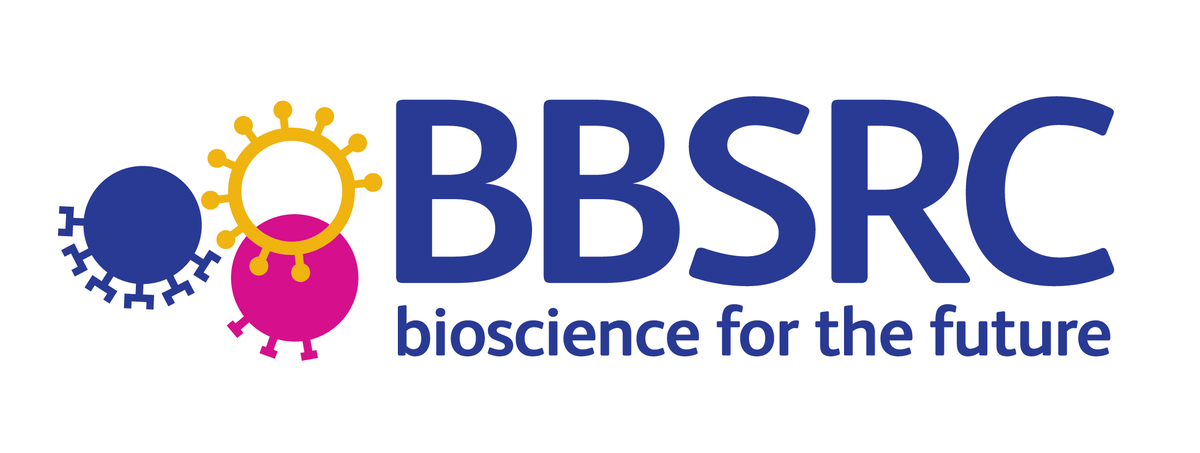Collaborators

Arrow Labs is an established technology SME, formed in 2013
specifically to apply machine vision automation to biological cell recognition.
Now also specialising in innovative system design of automated biological
sample handling and imaging.

The Veterinary Parisitology and Ecology inter-disciplinary group links researchers in the School of Biological Sciences with Bristol Veterinary School, taking their research into real-world applications.
Co-funders

Innovate UK is the UK’s innovation agency, working with companies to
find and drive the science and technology innovations that will grow the UK
economy.
Innovate UK determine which science and technology developments will drive future economic growth, meet UK innovators with great ideas, fund the strongest opportunities, connect innovators with the right partners they need to succeed and help innovators launch, build and grow successful businesses.
Support for Arrow Labs has been provided by Innovate UK by co-funding two projects that have led to the development of the WORMA system.

BBSRC's mission is to promote and support, by any means, high-quality basic, strategic and applied research and related postgraduate training relating to the understanding and exploitation of biological systems.
BBSRC have supported the University of Bristol in their role on the AutoFEC project through which some of the key technologies of the WORMA system have been developed.Core Team Members
Dr Eric Morgan
Reader in Veterinary Parasitology, University of Bristol
Dr Hannah Rose
Senior Research Associate, University of Bristol
Katie Bull
Laboratory Technician, University of Bristol
James Fletcher
Technical Director, Arrow Labs Limited
Mike Fletcher
Project Director, Arrow Labs Limited
Carlos Arteta
Machine vision specialist, Arrow Labs Limited/University of Oxford
Arrow Labs - Background
The Journey So Far
One of the founding directors of Arrow Labs mastered in Engineering Science at Oxford University, specialising in the application of world class mathematical algorithms for machine learning, specifically for machine vision. The other director spent many years working on the design of electronics systems and software, including the design and development of advanced opto-mechanical instruments for earth observation and science space missions.
Located on their small farm in Clevedon, near Bristol, the personal interests of the directors caused them to start looking at the application of machine vision to parasite detection in grazing livestock in 2012. Recognising that a system for the detection of parasite cells in faeces was technically feasible, an approach was made to the University of Bristol, world leaders in parasitology.
A team of specialists was created and a proposal made via an Innovate UK grant funding competition to attract research finance. This was successful and in mid 2013 the 3 year duration AutoFEC project commenced and Arrow Labs Limited was formed.
The project, funded jointly by BBSRC, Innovate UK and the Directors of Arrow Labs looked specifically at the application of the core technology to parasite detection and enumeration. In support of this it was recognised that a bespoke, intelligent imaging device was also required. This equipment was developed and now forms a core part of the WORMA device.
The variable results achieved by the traditional methods used for worm egg counting mostly arise from laborious sample preparation and human involvement at every stage of the process. This led the team to strive for a fully automated system. Over the last 2 years Arrow Labs have researched, prototyped and evaluated various candidate approaches to extract cells from the debris-strewn faecal matter of livestock. This work has resulted in a new, automatable approach that now forms the front end of the WORMA device.
The Way Ahead
Arrow labs have now developed and evaluated all the component parts of the WORMA system. This now needs to be productised, trialled and commercialised.
The first phase of this work will be to trial a working prototype of the system over a significant population of faecal samples from different geographical sites and contract the results obtained against traditional methods.
In parallel the issues surrounding productisation will be addressed to ensure that a robust, environmentally tolerant equipment design is developed, suitable for the various target markets.
Devices will be developed for use in a laboratory environment, at point of care and in remote locations. Commercial partners will be sought to take the system to these various markets.
The Vision
To be the world leaders in the supply of nematode diagnostic equipment. To provide insight into the spread and prevalence of disease. To be instrumental in the control of parasitic disease in humans and animals worldwide, through the provision of monitoring and management services.